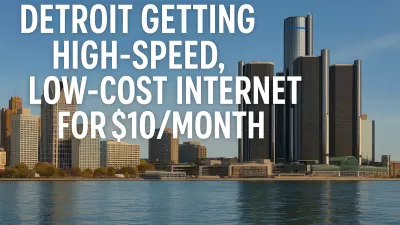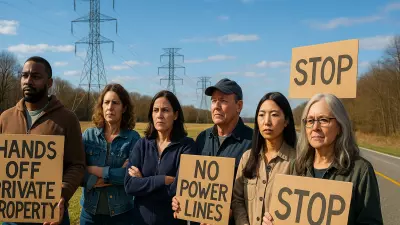Margins matter when it comes to rural voters. But will Democrats show up for their rural constituents this election season?

Editor’s Note: This article was originally published in Keep It Rural, an email newsletter from the Daily Yonder.
In 2008, presidential candidate Barack Obama made a decision that most political analysts called a waste of time: He opened field offices in rural America.
Obama raised an unprecedented amount of money to fund his campaign – roughly $750 million. This was more than double the amount his Republican opponent, John McCain, raised, and was the most money raised out of any presidential candidate in U.S. history. The majority of it came from small donations, with 90% of his donors giving less than $100, according to Politico reporting.
All this money allowed him to open many more field offices than a “standard” presidential campaign. He focused on battleground states in particular, and instead of opening just one or two offices in the state capital and major cities, he focused on more rural areas, too.
For example, in Nevada, Obama opened campaign offices in three of the major cities – Carson City, Reno, and Las Vegas – and in small towns like Elko and Winnemucca. By September of 2008, Obama had opened 14 Nevada state offices, hired 100 paid staffers, and recruited over 3,500 volunteers. By contrast, McCain had opened nine Nevada state offices.
This full-state campaign strategy worked: Obama won Nevada by 12.5 percentage points, a margin of victory that hadn’t been achieved by Democrats in Nevada since 1964. In rural Elko County, Obama won 28% of the vote – almost 10% more than Democratic candidate John Kerry’s Elko County performance in 2004.
While Obama still lost the majority of votes in Nevada’s rural counties, the marginal increases he made thanks to a boots-on-the-ground rural campaign strategy helped him win the state overall . He employed similar campaign strategies in states like Colorado and New Mexico, both of which he won by significant margins. Overall, Obama won 43% of rural U.S. votes – 3% more than Kerry in 2004.
This could have marked a turning point for how Democrats perform in rural America (slow and steady, upticking progress), but by 2016, the tide had shifted significantly. Democratic presidential candidate Hillary Clinton won just over 30% of the rural vote. Liberal pundits blamed rural voters for putting Donald Trump in office, without acknowledging the drastic shift in rural voting behavior between 2008 and 2016. In 2020, Trump garnered an even higher percentage of the rural vote at 65%, despite losing the overall presidential election to Joe Biden.
Over the past 15 years in presidential and midterm elections alike, many Democrats seem to have fallen for the stereotypes associated with rural America. They think it’s a homogenous swath of backwards, uneducated people that vote Republican no matter what – aka, it’s not worth it for Democrats to campaign there. Clinton’s 2018 comments that she “won the places that are optimistic, diverse, dynamic, moving forward,” while Trump’s whole campaign “was looking backwards,” exemplified this stereotype.
Now, in 2024, the presidential election is highly contested, and the result could hinge on which way rural people vote. But does Democratic nominee Kamala Harris know this?
By and large, rural America leans Republican. There are a lot of complicated reasons for this, ranging from the post-World War II pursuit of industrial development in rural America (an argument historian Keith Orejel posits), to economic anxiety fueled by the 2008 Great Recession (as authors Nicholas Jacobs and Daniel Shea theorize).
But not every rural voter casts a Republican ballot. And those marginal victories – like Obama winning 28% of the vote in rural Elko County as opposed to Kerry’s 19% – matter. Shaving down the number of Republican votes by even a few percentage points in rural counties can lead to statewide wins for Democrats.
But Democrats have to show up in those rural places if they expect people to show up for them at the polls.
That’s a campaign strategy Harris and vice presidential nominee Tim Walz need to remember over these next two months. The two of them are scheduled to visit North Carolina, Michigan, Wisconsin, and Pennsylvania in the next week.
Including small towns during these stops – and speaking to the unique issues each of them face – could help shift the margins in their favor.
This article first appeared on The Daily Yonder and is republished here under a Creative Commons license.







